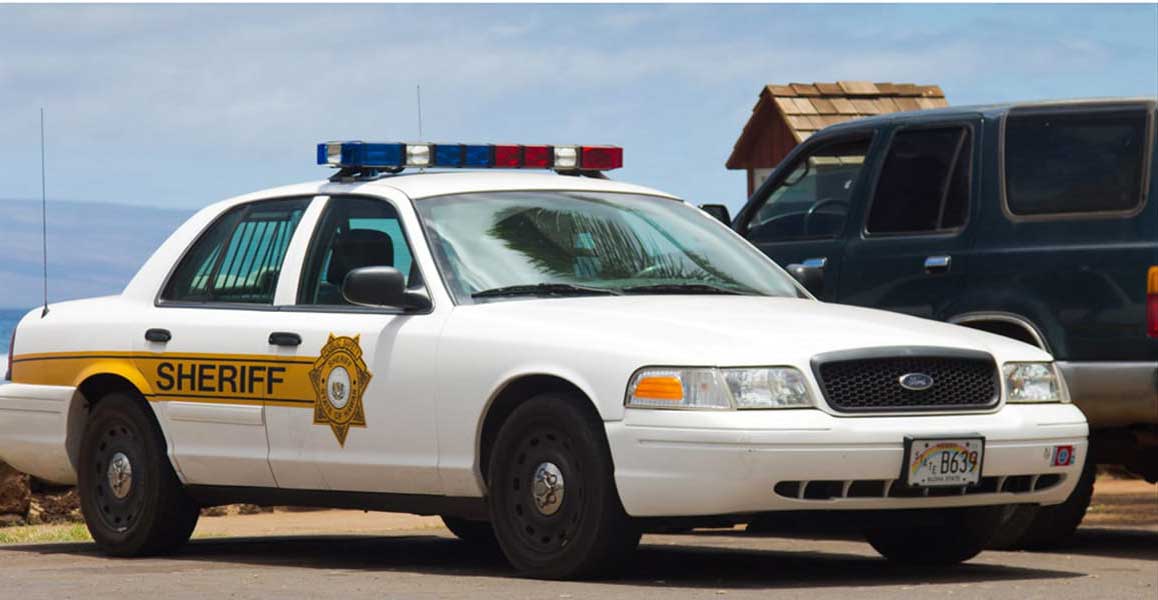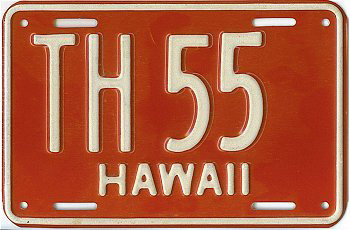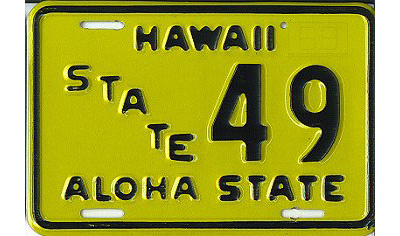Hawaii Sheriff
Hawaii Sheriff
The Kingdom of Hawaii had a Marshal of the Kingdom appointed by the king, and his deputies served from 1847 until 1894. The Marshal of the Kingdom headed all elected county sheriffs and deputies. He also oversaw all appointed constables, special constables, police and special police. From 1894 until 1900, the same powers were exercised by the Marshal of the Republic and his deputies. In 1900 the High Sheriff of the Territory of Hawaii was created and remained in place until Hawaii became a state in 1959. This office oversaw all elected county sheriffs, deputy sheriffs and other local law enforcement officers. This system gradually changed when each county was was granted authority to establish a county police instead of an elected sheriff.
Today, the Sheriff Division of the Hawaii Department of Public Safety carries out law enforcement services statewide. Its mission is to preserve the peace by protecting all persons and property within premises under the control of the Judiciary and all State facilities; providing process services and execution of court documents; handling detained persons; and providing secure transportation for persons in custody.
It also provides law enforcement services at the Honolulu International Airport. Sheriffs are involved at various stages of the criminal justice system. At the initial stage, they arrest, book and process persons entering the system.
At the police cellblock, they secure, escort and transport detainees. They escort, secure and transport juvenile and adult inmates to inter-island and intra-state destinations for court appearances. They serve various types of arrest warrants and other documents, and execute writs of possession.
Deputy sheriffs conduct criminal and civil investigations on cases that occur within the jurisdiction of State entities. They also conduct records verification and background checks. The Division is the lead agency of the State Law Enforcement Coalition, which was formed to meet the mandates of the federal Homeland Security Act. The coalition implements federal guidelines on issues related to weapons of mass destruction. With the heightened call for the security of waterways and harbors, the Division has been assisting the Department of Transportation Harbors Division with security and law enforcement functions.
Additionally, through its specialized canine unit, the Division is responsible for detecting narcotics and explosives in agencies within the Judiciary, the department's correctional facilities, and other state and county agencies that request those services. Sheriffs also provide security services to the Maui Memorial Hospital, Hawaii State Hospital, Waimano Training School and Hospital, and Fort Ruger at the Department of Defense. They provide executive protection services to the Governor, Lieutenant Governor and, when requested, national and international dignitaries.
Although the functions and duties of deputy sheriffs vary in scope and nature, all Sheriff Division staff work in conjunction with other federal, state, and county law enforcement agencies to provide for the health, safety and welfare of all citizens in the State of Hawaii.
License plates of the Sheriff as both a territory and a state will be showcased here.
Territory of Hawaii (Government) license plates are known back to 1915. All of which followed the same issuance as Hawaii passenger license plates with the exception of the prefix TH followed by a number up to three digits.
Once Hawaii achieved statehood in 1959, the TH prefix was replaced by the prefix STATE which was slanted downward left to center followed by a number up to three digits and in later issues up to four numbers.
 1961-1966 issue.
1961-1966 issue. 
 1969-1975 issue.
1969-1975 issue. 
 1976-1981 issue.
1976-1981 issue. 
 1981-1991 issue.
1981-1991 issue. 
 1991- Current issue.
1991- Current issue. 

 (Courtesy CJ Duffield)
(Courtesy CJ Duffield) Motorcycle license plates were used by Territory of Hawaii sheriff vehicles since 1922 and followed the same layout as regular motorcycle license plates with the exception of a TH prefix ahead of the numerals.
Once Hawaii achieved statehood in 1959, the TH prefix was replaced by the prefix STATE which was slanted downward left to center followed by a number up to three digits.
 1957-1959 motorcycle issue.
1957-1959 motorcycle issue. 
 1959-1961 motorcycle issue.
1959-1961 motorcycle issue. 
 1961-1969 motorcycle issue.
1961-1969 motorcycle issue. 
 1969-1975 motorcycle issue.
1969-1975 motorcycle issue. 
 City/County police motorcycle issue.
City/County police motorcycle issue. 
 1976-1981 motorcycle issue.
1976-1981 motorcycle issue. 
 1981-1991 motorcycle issue.
1981-1991 motorcycle issue. 